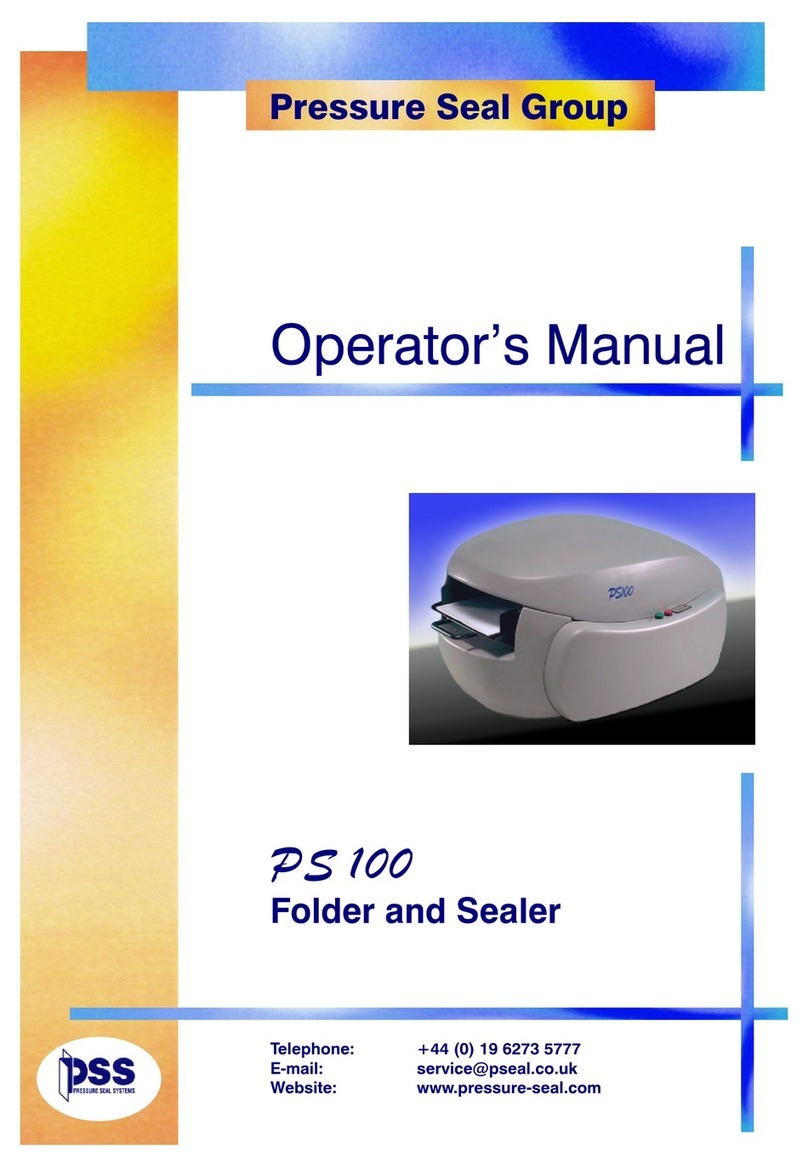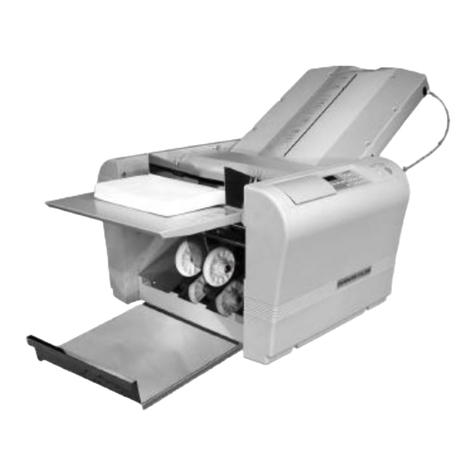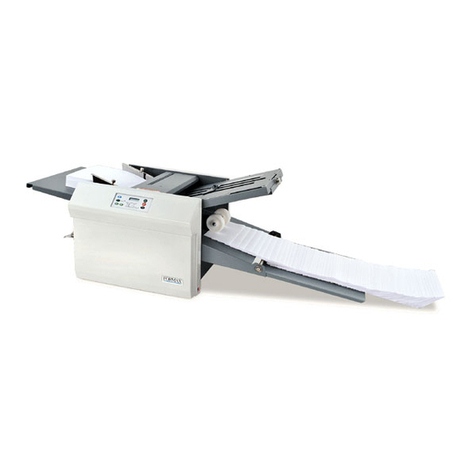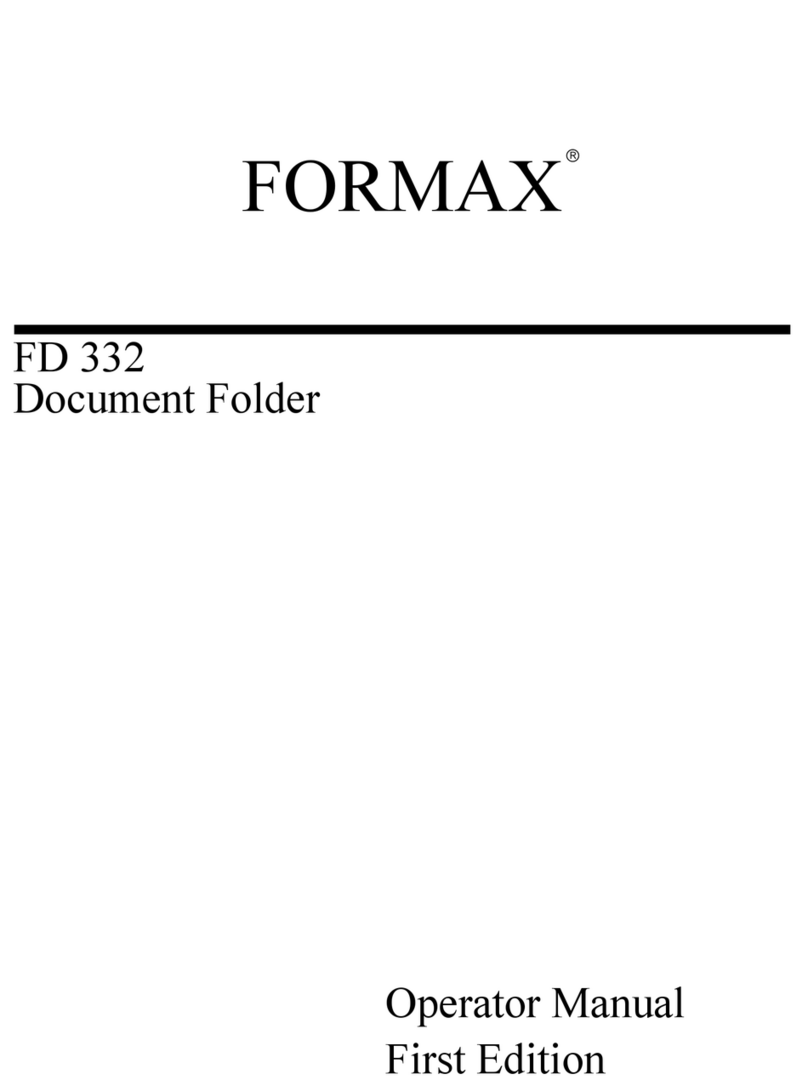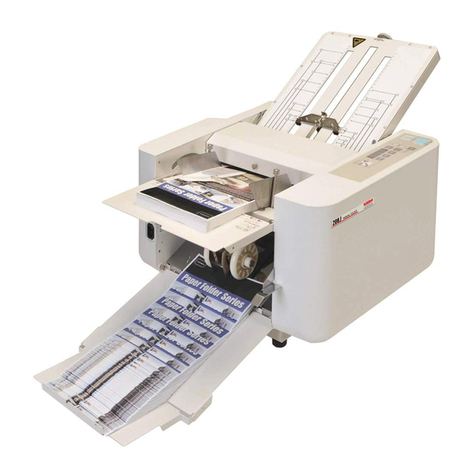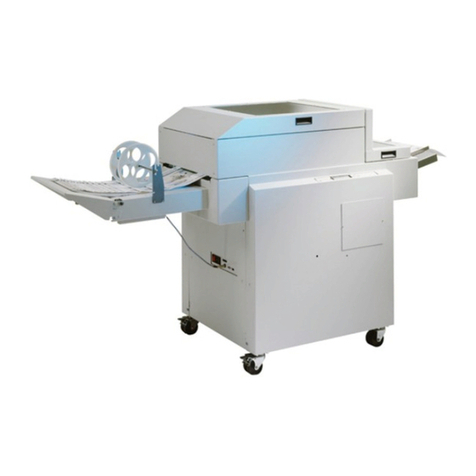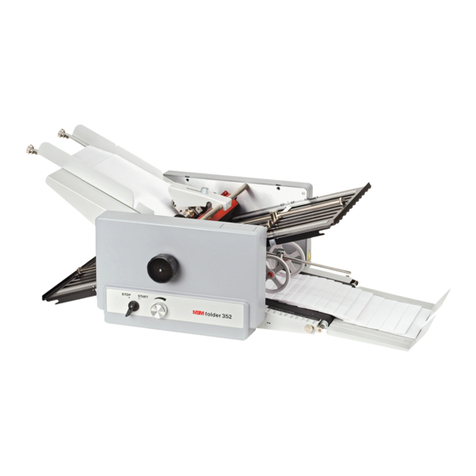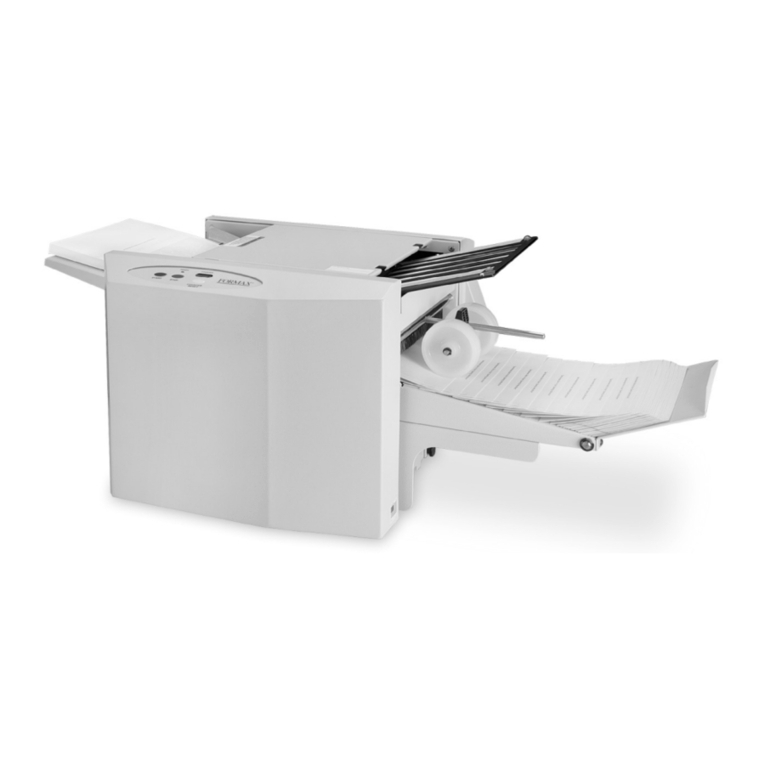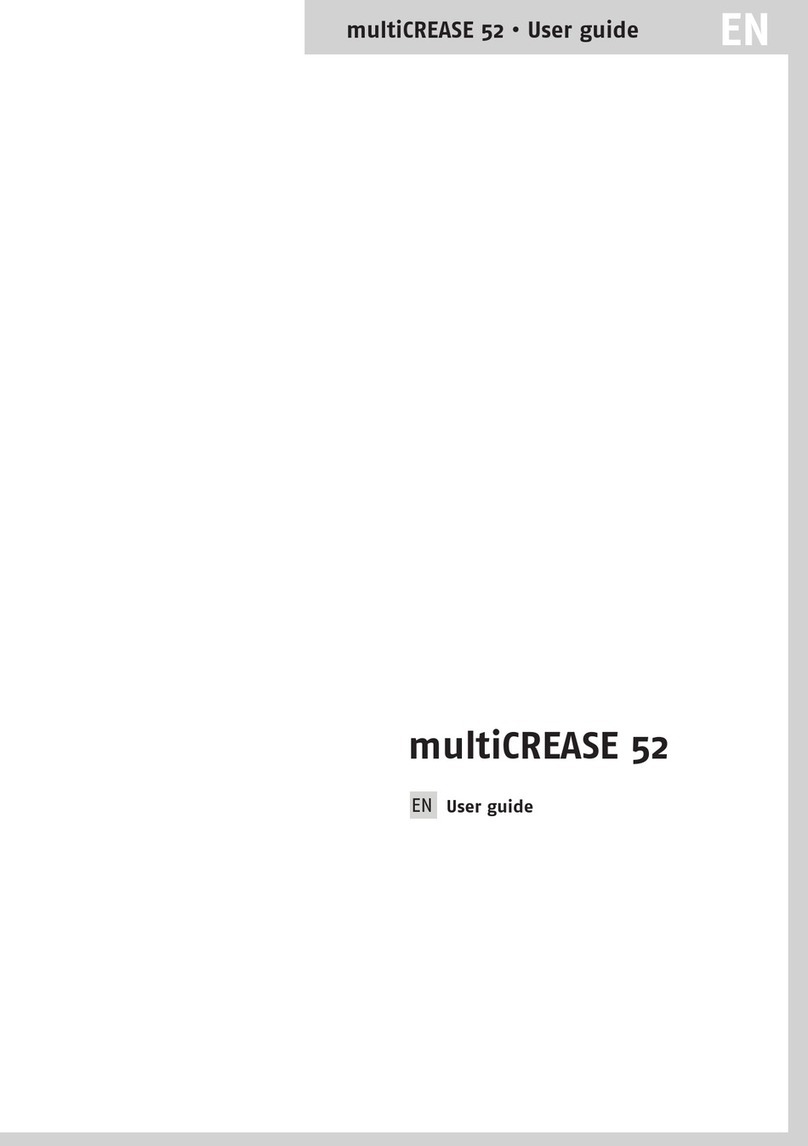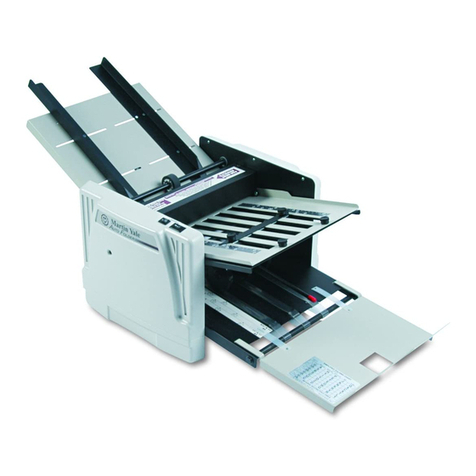Pressure Seal Group PS 600 User manual

Operator’s ManualOperator’s Manual
PS 600
Folder and Sealer
Telephone: +44 (0) 19 6273 5777
E-mail: [email protected]
Website: www.pressure-seal.com
Pressure Seal Group

This manual is protected under the Copyright Laws of the United Kingdom. All rights
reserved. Reproduction of this material without the express written consent of Pressure
Seal Systems Ltd is prohibited.
PRESSURE SEAL SYSTEMS MAY MAKE IMPROVEMENTS AND OR CHANGES IN THE
PRODUCT DESCRIBED IN THIS MANUAL AT ANY TIME AND WITHOUT NOTICE.
This publication could contain technical inaccuracies or typographical errors. Changes
are periodically made to the information contained in this manual; these changes will be
incorporated in new editions of this publication.
Correspondence regarding this publication should be addressed directly to:
Pressure Seal Systems Group Ltd
Pressure Seal house
1 The Dean
New Alresford
Hampshire
England
SO24 9BQ
PS 600

Contents
1. Introduction
General ........................................1
Which side is which? .................................2
How to use this manual ................................3
Safety precautions...................................4
Operating environment.................................4
Power requirements ..................................5
If the machine is damaged...............................6
2. Features
General ........................................7
Folder components ..................................8
Form feeder ...................................8
Folding plates ..................................8
Folding rollers ..................................8
Operator controls ...................................9
LCD display ...................................9
On/Start Button..................................9
Off/Stop button .................................10
+ button () ...................................10
– button () ...................................10
Reset button ..................................10
Select button ..................................10
Speed control slider...............................10
Power and safety components ............................11
Mains lead ...................................11
Rear cover ...................................11
PS 600
22-01-03 Iss. B. Page v

Sealing and stacking components ..........................11
Pressure bolts .................................11
Sealing rollers..................................11
Conveyor ....................................11
3. Set-up
Setting up the machine ................................13
Removing/fitting the first folding plate.........................14
Removing/fitting the second folding plate .......................15
Setting up the folder .................................16
V fold set-up ..................................16
C fold set-up ..................................18
Z fold set-up ..................................20
Setting up the In-feed Bed ..............................22
Setting up the form conveyor.............................23
4. Operation
General .......................................25
Loading forms ....................................26
Starting up and testing the machine .........................27
Verifying folder settings .............................28
Processing forms ..................................29
Interrupting operation ..............................29
5. Operation Errors
Error Conditions ...................................31
Clearing mishandled forms ..............................32
Jam in folder ..................................32
Jam after folder .................................33
Pressure sealer bolt release ...........................34
Troubleshooting ...................................36
PS 600
Page vi 22-01-03 Iss. B.

6. Cleaning the machine
Cleaning procedure..................................39
7. Specifications
Folder/Sealer Specifications .............................41
Construction ..................................41
Sealer......................................41
Size.......................................41
Weight .....................................41
Power .....................................41
Speed .....................................41
Environment ..................................41
Feeder Capacity.................................42
Noise ......................................42
Form Specification ..................................42
Sizes ......................................42
Fold Configuration ...............................42
Appendix A - Form Loading Guide
Appendix B - Form Curl
Service Visit Log
PS 600
22-01-03 Iss. B. Page vii

1. Introduction
General
This folder/sealer produces finished mailable documents or "self-mailers" from cut-sheet
Pressure Seal forms. In one smooth operation it folds and seals single sheets into
self-mailers quickly and economically. Pressure activated cohesives provide an instantly
secure seal on all sides of the form, whether you use a “C”, “V” or “Z” fold.
Features include:
•Simple to load and operate
•Easy to change the fold styles
•C, V, offset V and Z fold styles
•Minimal adjustment required when changing the weight of forms used
•Automatic stop when the in-feed tray is empty
•Exit forms electronic counter with reset
•Form flow error detection
This operator manual describes the set-up and operation of the machine and is written as
a reference for an operator who is familiar with mailing operations and has received some
basic training in operating this model.
22-01-03 Iss. B. Page 1
Figure 1:Types of fold produced

Which side is which?
The terms "in-feed", "out-feed", "operator side" and “non-operator side” are used
throughout this manual to identify the sides of the machine.
•The in-feed is the side into which the forms are loaded.
•The out-feed is the side out of which the finished mailers exit.
•The operator side of the machine contains the control panel and is the side facing you
when the in-feed of the machine is on your left.
•The non-operator side contains the mains connection and on/off switch and is at the
back of the machine as you stand facing the operator side.
1. Introduction PS 600
Page 222-01-03 Iss. B.
Non-operator side
Operator side
Out-feed
In-feed
Figure 2:The sides of the machine

How to use this manual
Here is a summary of what is contained in this manual and where:
•Features (page 7) - describes the major components you use to set up and operate
the machine. New operators should read this section to gain a basic understanding of
how the machine works. Experienced operators should read this section when they
have a specific question about the function of a particular feature.
•Set-up (page 13) - outlines the tasks required to set up the machine. Provides easy
step procedures for removing the folding plates and setting up the folder. New
operators should read each procedure as they perform the task. Experienced
operators should refer to relevant parts of the procedure to find answers to specific
questions.
•Operation (page 25) - provides easy step-by-step procedures for loading and starting
the machine.
•Operation errors (page 31) - lists common operating problems and possible causes
and solutions.
•Cleaning (page 39) - provides details of the cleaning required to keep the machine in
the best possible condition.
•Specifications (page 41) - provides the technical details of the folder/sealer.
•Form loading guide (page 43) - explains how to load forms based on the form
design, type of fold, condition of forms (if they are curled or not - see Appendix B on
page ), and how the folded/sealed forms should be orientated when they reach the
conveyor.
PS 600 1. Introduction
22-01-03 Iss. B. Page 3

Safety precautions
Although the design of your folder/sealer includes safeguards for set-up and operation,
you must adhere to the following precautions.
INo one should use the machine unless they have been trained to do
so. Pressure Seal Systems Ltd accept no responsibility for
unauthorized use.
Operating environment
•Dress safely. Loose clothing, long hair and jewellery can become tangled in moving
parts.
•Keep your work area and the machine clean and clear of dust or debris. Details of
how to clean the machine thoroughly are given in Chapter 6.
•Do not place the machine on an unstable stand or table. The machine may fall,
causing serious damage or injury.
ITo avoid personal injury and damage to the machine, it should
always be lifted by mechanical means.
•Do not allow anything to rest on the mains lead. Do not relocate the machine where
anyone will walk on the lead.
•Operate the machine only with the forms properly loaded in the in-feed tray and the
out-feed tray/conveyor initially empty.
•Keep hands clear of the in-feed and out-feed areas when the machine is running.
IExcept as explained elsewhere in this operator manual, do not
attempt to service the machine. Doing so may expose you to
dangerous voltages or other risks. Do not remove the protective
side covers from the machine. Refer servicing to qualified service
personnel. Only trained, authorised service personnel should
remove the protective side covers - and then only for servicing
purposes.
1. Introduction PS 600
Page 422-01-03 Iss. B.

Power requirements
The machine must be operated from the type of power source indicated on the voltage
setting label (see Figure 3). If you are unsure of the type of power available, consult your
Pressure Seal representative or local power company.
PS 600 1. Introduction
22-01-03 Iss. B. Page 5
Voltage Setting Label
Figure 3:Voltage Setting Label Location
Table of contents
Other Pressure Seal Group Folding Machine manuals
Popular Folding Machine manuals by other brands
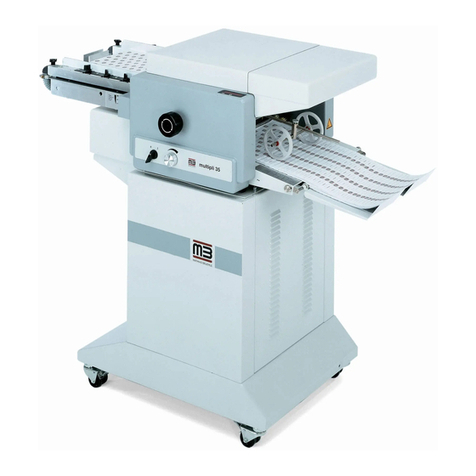
Mathias Bauerle
Mathias Bauerle Multipli 35 Operator's manual
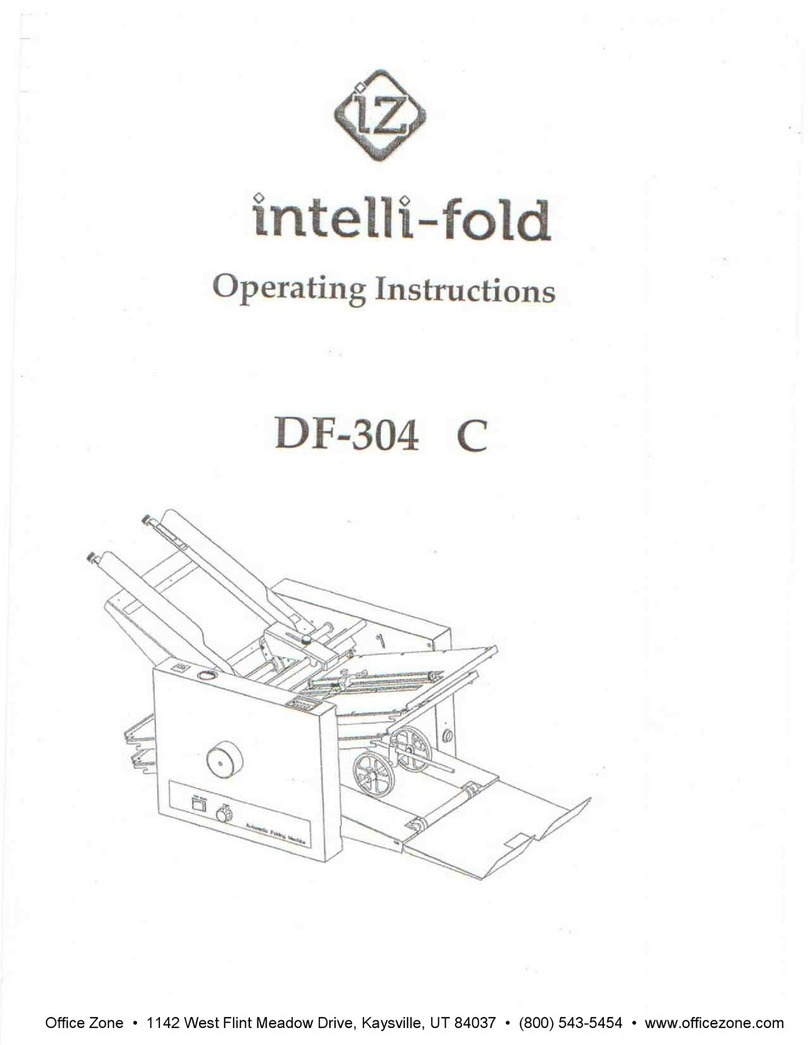
Intelli-Fold
Intelli-Fold DF-304C user manual

Pitney Bowes
Pitney Bowes DI425 FastPac Operator's guide
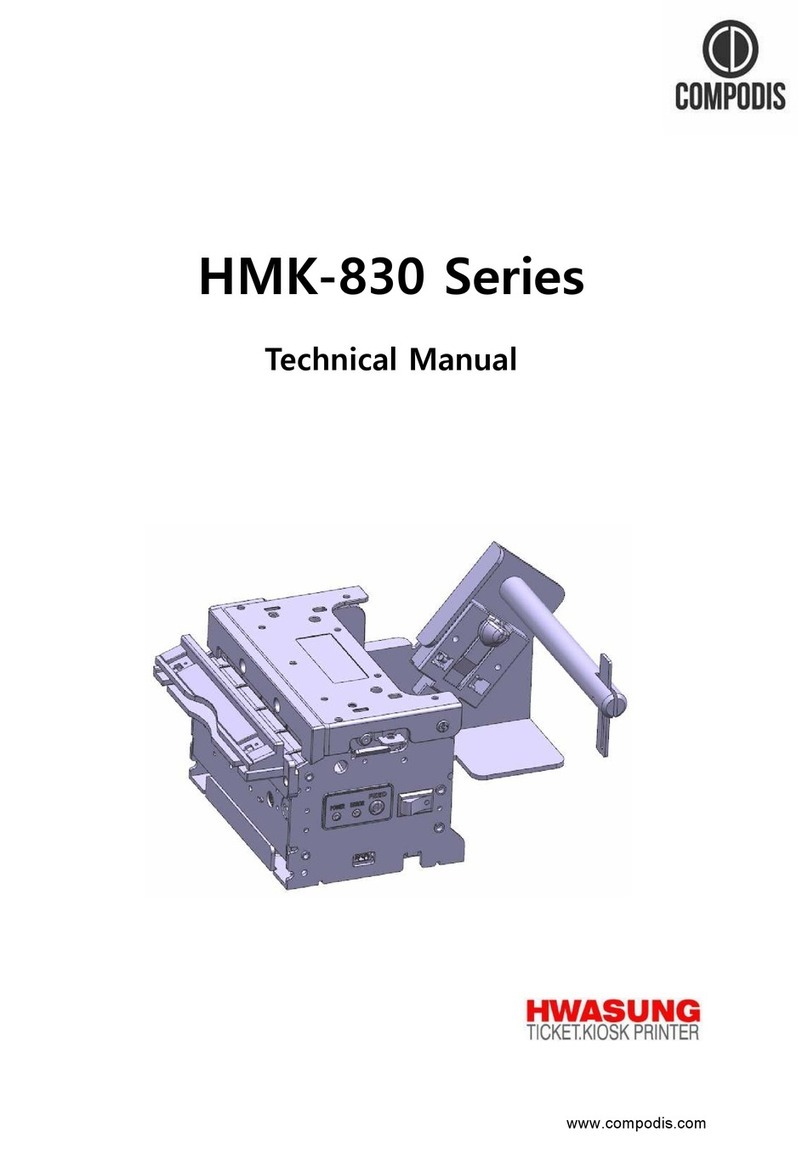
Hwasung
Hwasung COMPODIS HMK-830 Series Technical manual
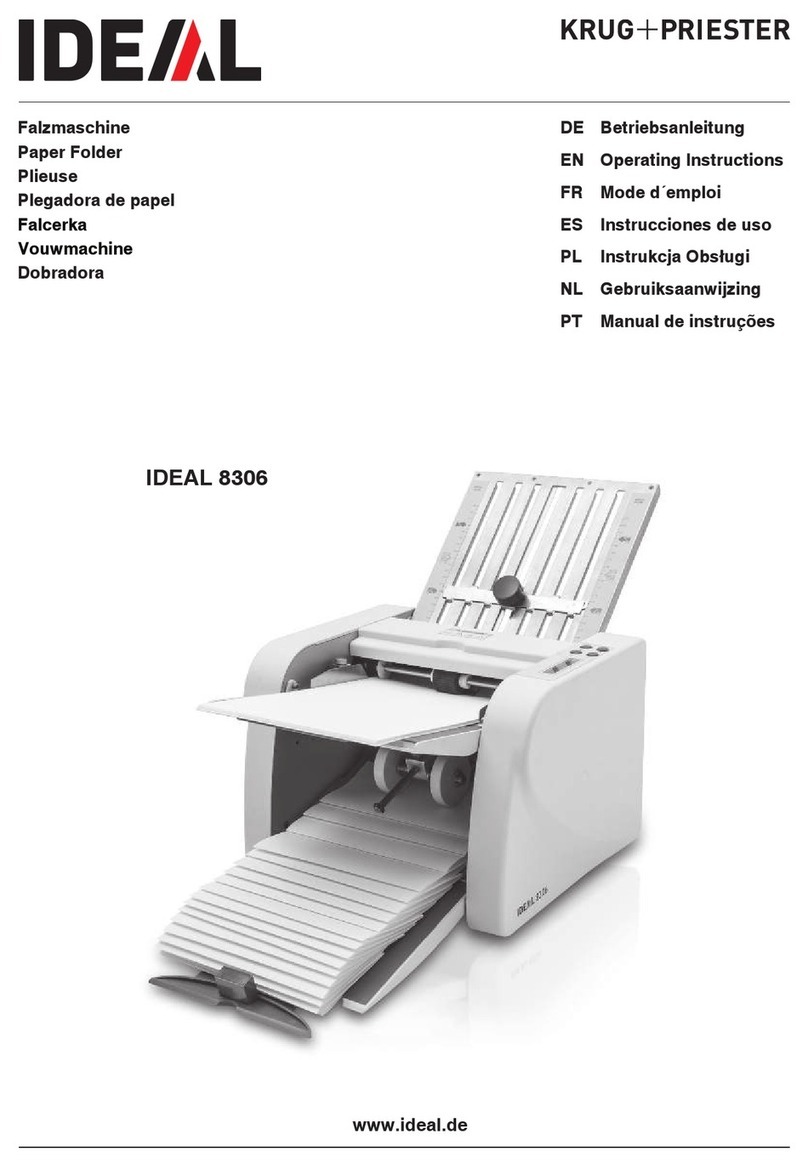
KRUG+PRIESTER
KRUG+PRIESTER IDEAL 8306 operating instructions
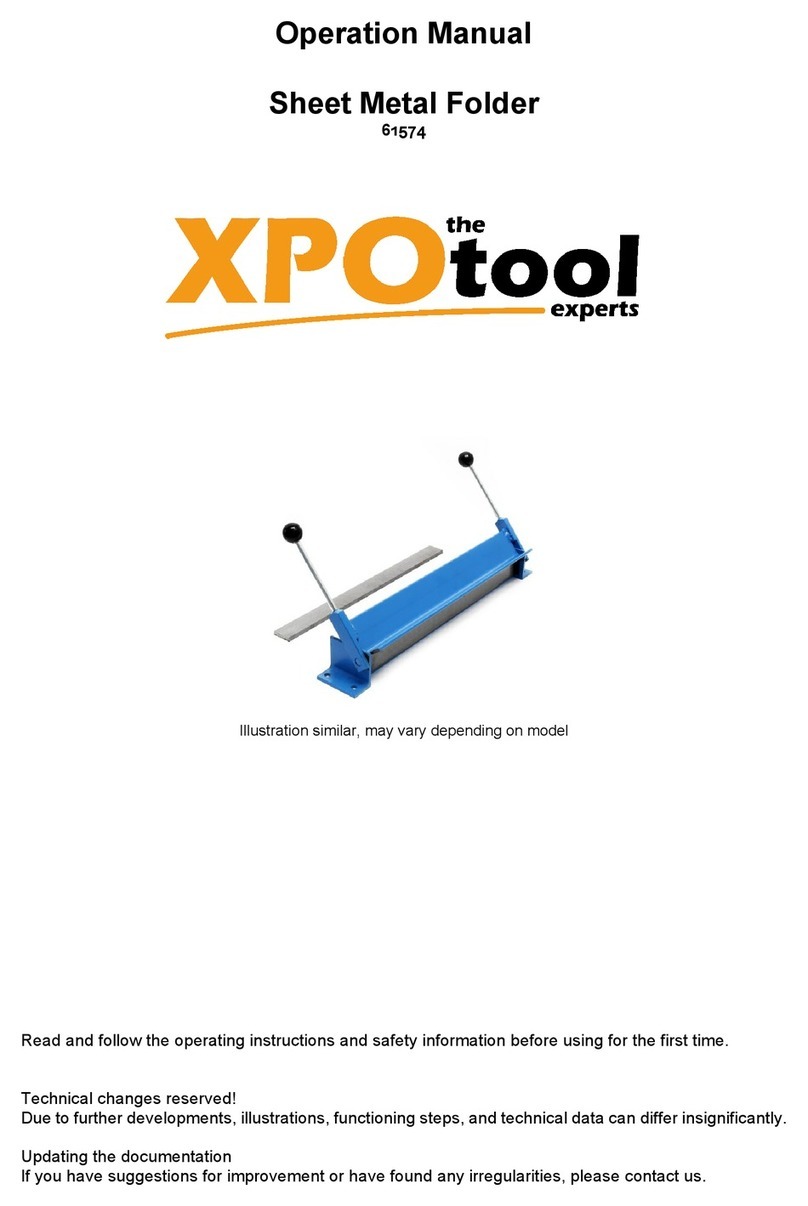
XPOtool
XPOtool 61574 Operation manual
